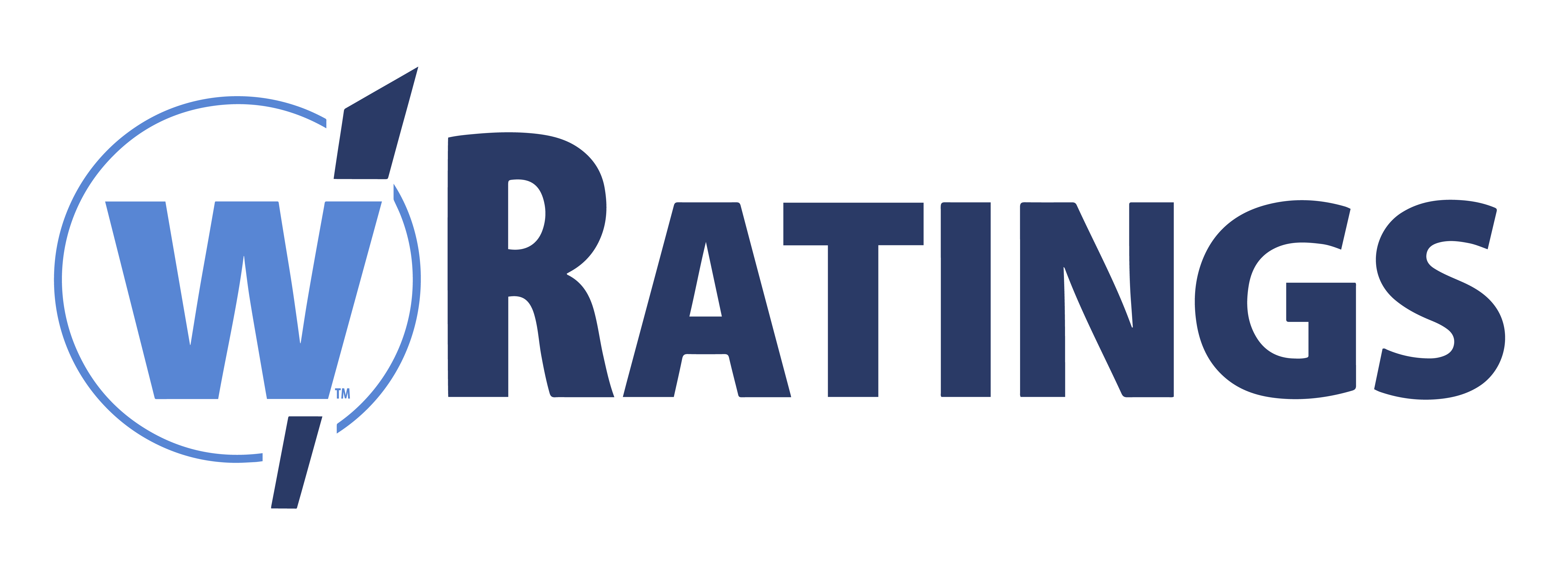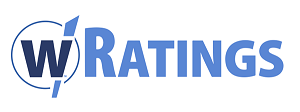Customer Success Stories
With wRatings, companies become
rule-makers, not rule-takers.
Patented, Proven Platform
How do you know if a set of data and metrics can actually improve your company’s performance? At wRatings, we not only know our data works, we can prove it does through independent verification.
In 2015, one high net worth investor started a portfolio based on the top 25 ranked companies in our competitive strength database. The portfolio has continually out-performed traditional benchmarks including the S&P 500 (Total Return) and Russell 2500 (Total Return).
Since 2017, our data is one of the key customer data sources to rank the Top 250 Managed Companies by the Drucker Institute. The Wall Street Journal publishes the annual rankings near the end of each calendar year.
The business management community has vetted our research approach, which you can read about in the May 2002 cover article in Harvard Business Review.
Since 2008, the hedge fund community has continually licensed the use of our benchmark data to make investment decisions. Our data is baked into 10+ stock ETFs/Mutual Funds traded publicly.
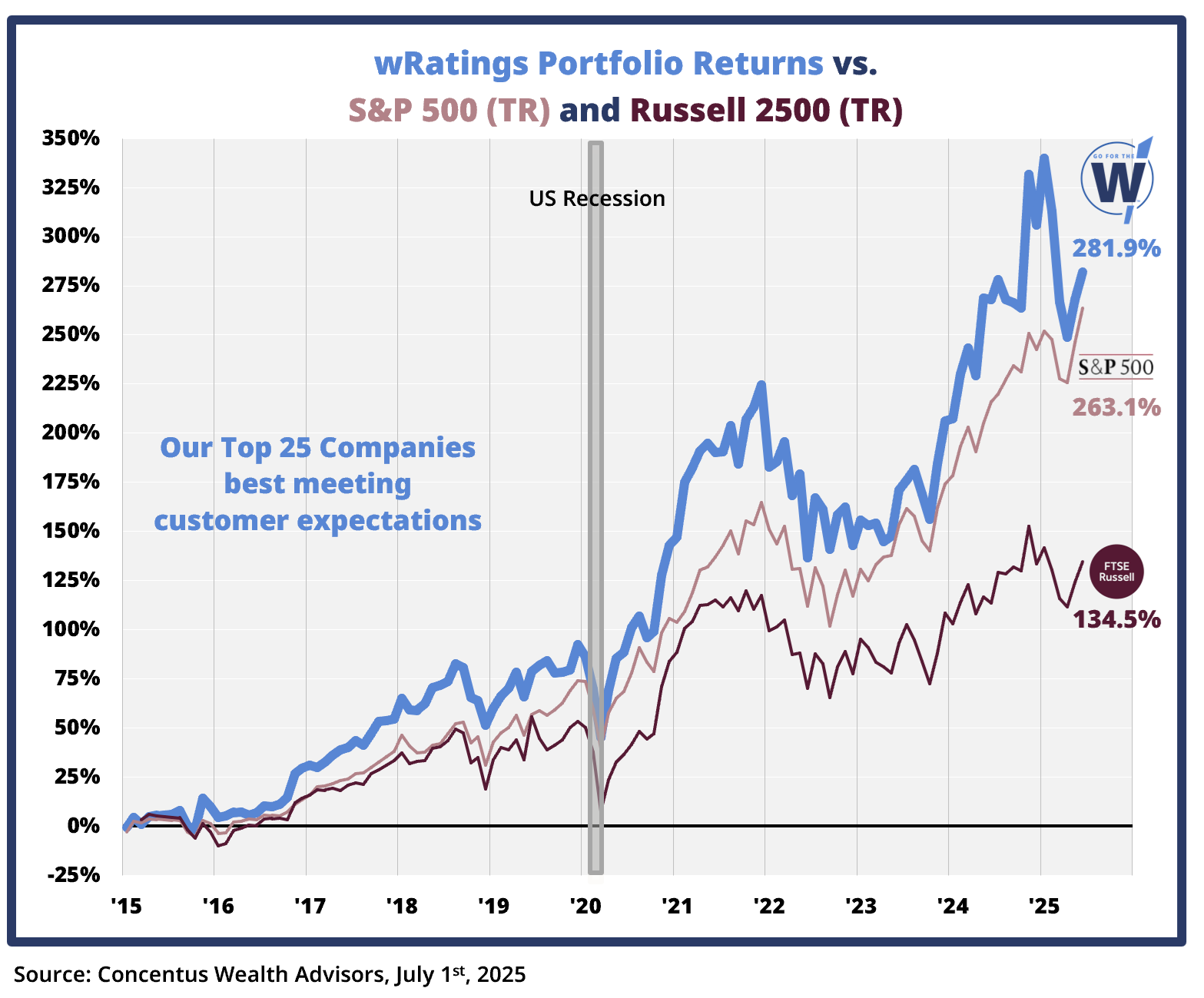
Stories in the Spotlight
Our framework empowers executives to make decisions with unprecedented speed and confidence to achieve their sales growth goals. We want to accelerate the time to value of implementing wRatings to gain results quickly.
We’ve conducted 600+ research programs globally and possess a 97% annual renewal rate with CEOs and their executive teams. Even after a CEO leaves/retires, we consistently retain that subscription and typically gain a new one where the CEO has moved.
With wRatings, companies achieve uncommon results because they learn to think about sales growth in entirely new ways. This allows them to transform their competitive position in their markets, becoming Rule-Makers rather than Rule-Takers.
We’ve selected just a few customer success stories from our implementations all over the world.

Finning Caterpillar
Competing in an industry where customers no longer want to buy your equipment, or pay for it to be serviced, what do you do? Create new rules by charging for something customers want to pay for: Productivity.
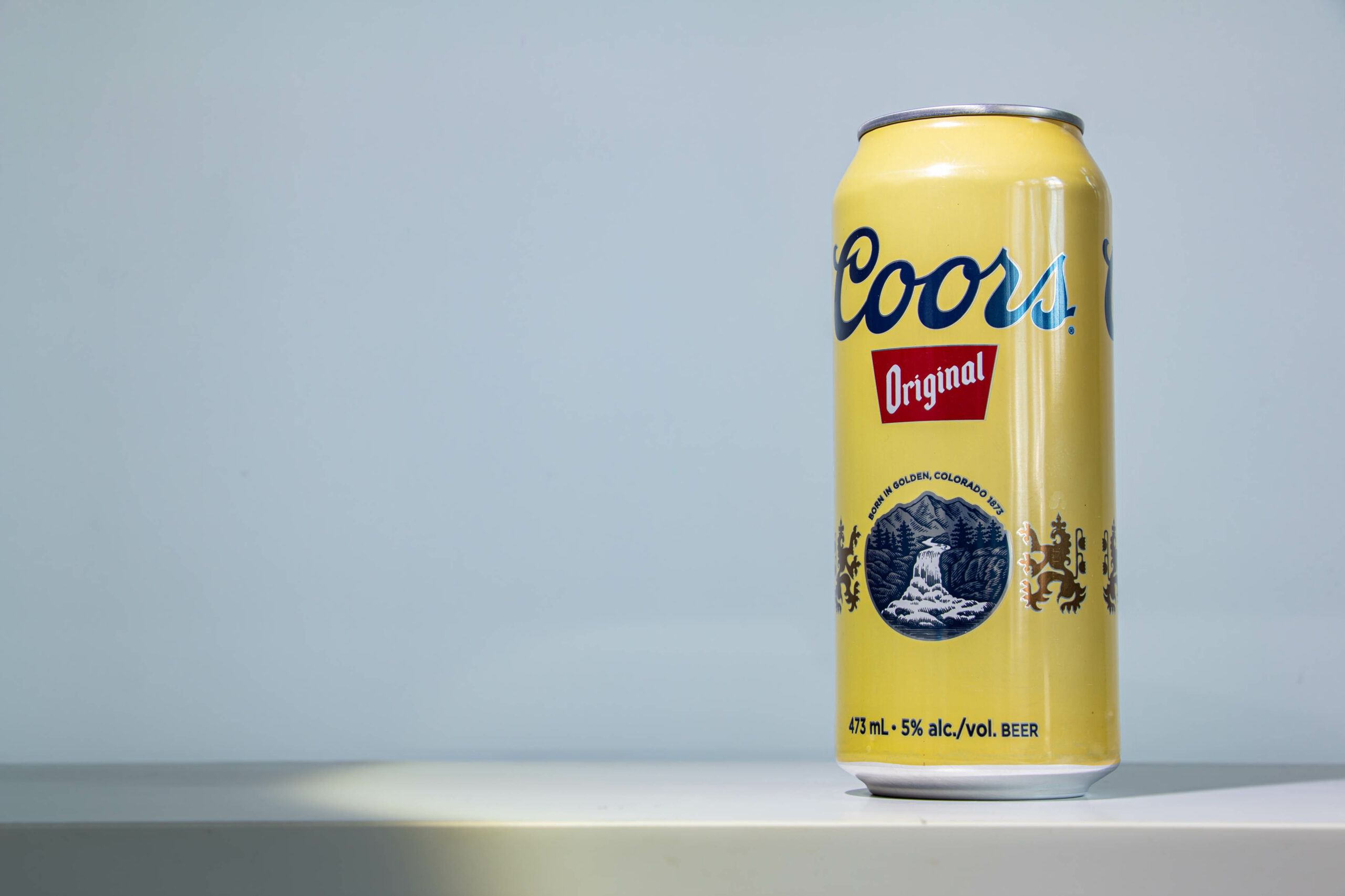
Coors Brewing Company
Reengineering a 100+ year old company rooted in family values is not an easy task. But how do you grow sales in an industry driven by distribution that is dominated by one key player? Start a new game where only you can win.

FM Facilities Maintenance (bought Vixxo)
How do challenge the status quo and convert from a cost-driven, service industry to one that is tech-driven, with a durable economic advantage? Find common sources of value that both your suppliers and customers are willing pay a premium for.
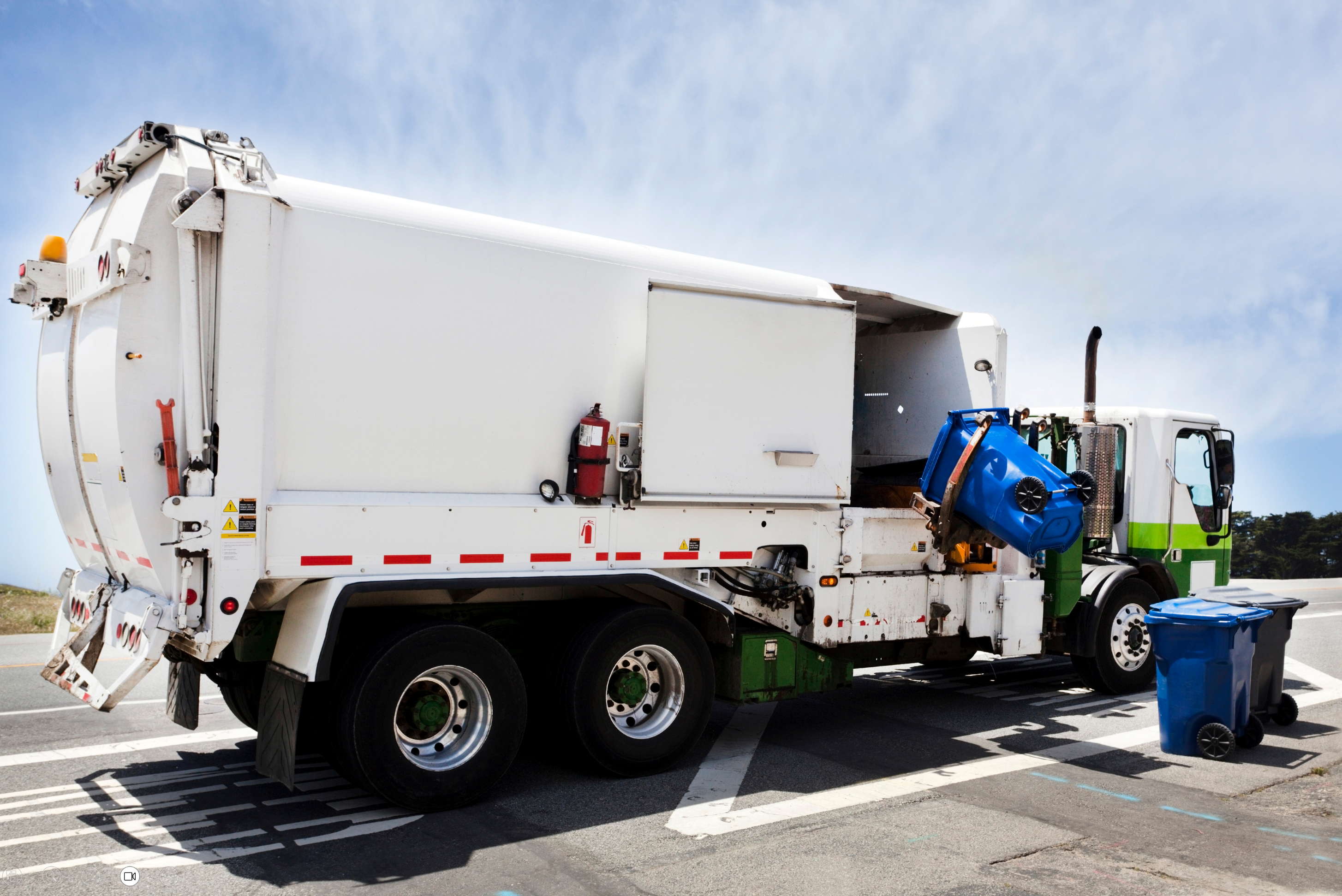
Allied Waste (merged with Republic Services)
Back in 2005, it was a slugfest in the waste disposal industry. Smaller, independent-owned trash collectors were undercutting the market since they could offer lower prices due to their lower overhead. Allied Waste, the #2 player in the industry, needed a new way to compete that out-smarted/out-executed both Waste Management and the smaller players. How’d they do it? By becoming the FedEx of the industry.
